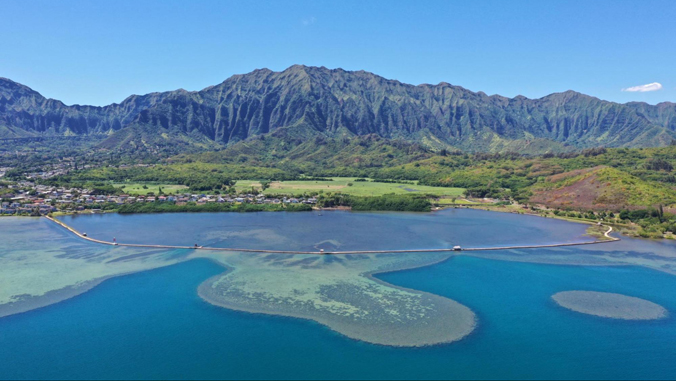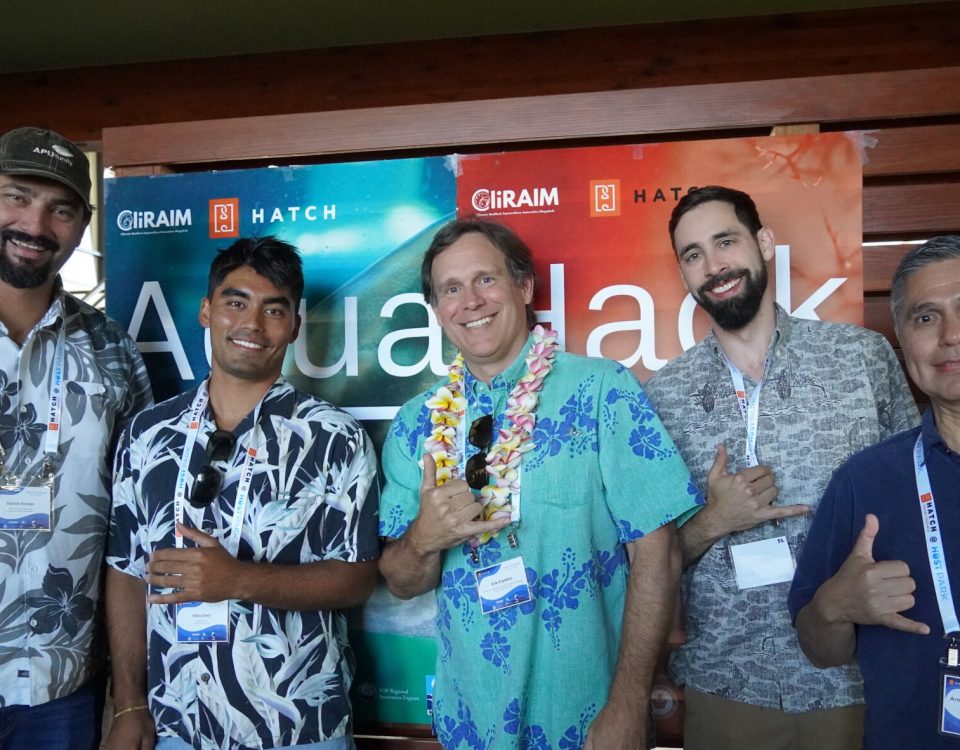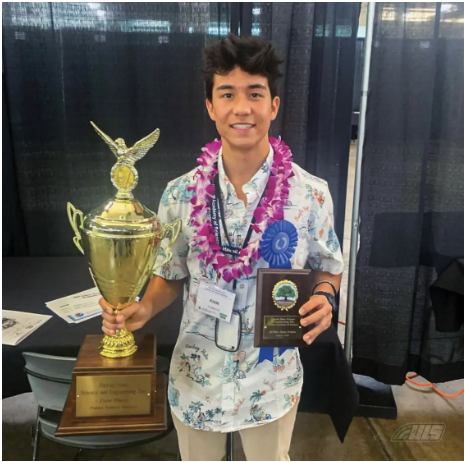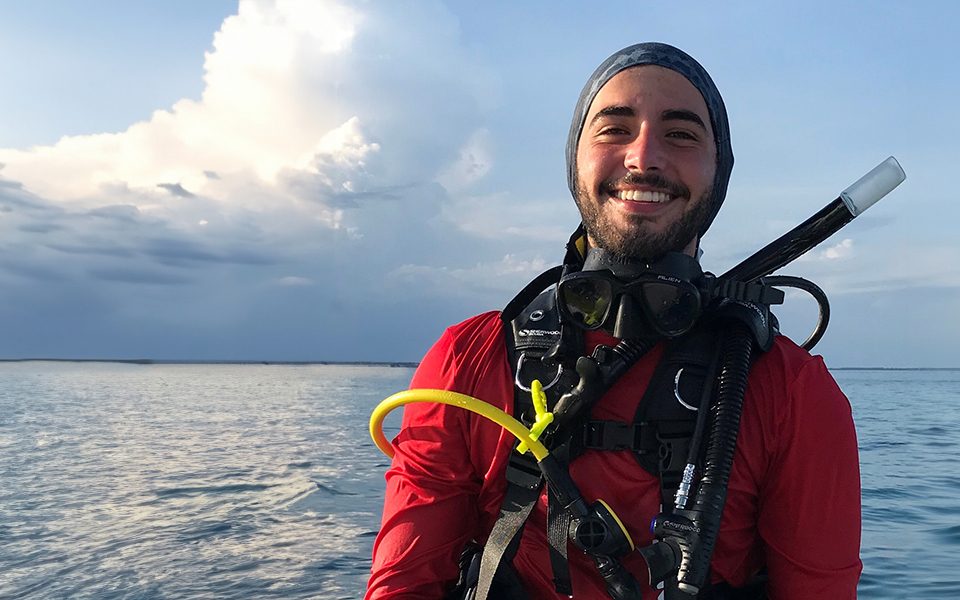Could Fishponds Help With Hawaiʻi’s Sustainability?

Scholarships Make Science More Accessible to a Broader Audience
April 10, 2024
Marine Sponge Research at HIMB Launches High Schooler to International Competition
May 1, 2024Could Fishponds Help With Hawaiʻi’s Sustainability?

An aerial view of Heʻeia fishpond. (Photo credit: Keliʻi Kotubetey, Paepae o Heʻeia)
UH News, first published April 18, 2024.
Indigenous aquaculture systems in Hawaiʻi, known as loko iʻa or fishponds, can increase the amount of fish and fisheries harvested both inside and outside of the pond. This is the focus of a study published by a team of researchers at the University of Hawaiʻi at Mānoa Hawaiʻi Institute of Marine Biology (HIMB). Today, aquaculture supplies less than 1% of Hawaiʻi’s 70 million pounds of locally available seafood, but revitalization of loko iʻa has the potential to significantly increase locally available seafood.
According to historical accounts, loko iʻa can create surplus fish inside the pond, but their role as a nursery ground seeding surrounding fish populations has received less attention.
“We have demonstrated the ability of Indigenous aquaculture systems to produce a surplus of fish as well as supplement fisheries in the surrounding estuary,” said lead author and marine biology PhD candidate Anne Innes-Gold. “We have heard people voice the idea that historically, loko iʻa provided nursery grounds that may have supplemented fish populations in the estuary. Our study is the first that we are aware of to demonstrate this idea in academic literature.”
See the full story on UH News!




